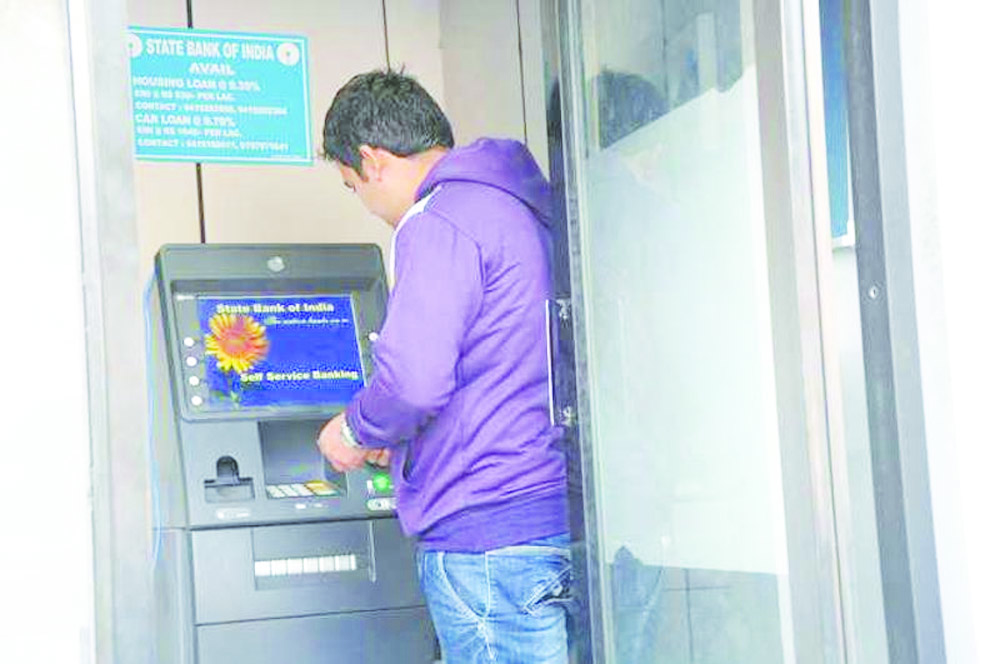NEW DELHI, Mar 26 (Agencies): Come May 1, withdrawing cash from ATMs will become costlier, as the Reserve Bank of India (RBI) has raised ATM interchange fees. This means customers who rely on ATMs for financial transactions will have to pay additional charges once they exceed their free transaction limit.
Customers will have to pay an additional Rs 2 for each financial transaction beyond the free limit. Currently, a bank user in a metro area can make five free transactions on other banks’ ATMs each month, whereas in a non-metro area, the number of free transactions is limited to three.
For non-financial transactions, such as balance inquiries, the fee will increase by Re 1. As a result, withdrawing cash from an ATM will cost Rs 19 per transaction, up from the current Rs 17. Checking account balances will now cost Rs 7 per transaction, according to the official notification.
An ATM interchange fee is a charge that one bank pays to another for providing ATM services. This fee, usually a fixed amount per transaction, is often passed on to customers as part of their banking costs.
The RBI decided to revise these charges following requests from white-label ATM operators, who argued that rising operational expenses were affecting their business.
The increase in charges will apply nationwide and is expected to impact customers, particularly those from smaller banks. These banks rely on larger financial institutions for ATM infrastructure and related services, making them more vulnerable to rising costs.
Key changes
Rs 2 extra on financial transactions beyond free limit
Rs 19 per transaction for cash withdrawals (up from Rs 17 currently)
Rs 1 increase for non-financial transactions like balance checks
Fee hikes apply nationwide, especially affecting customers of smaller banks
Push towards more digital payments likely as cash withdrawals get pricier
The decision to revise interchange fees was communicated to banks and other stakeholders by the National Payments Corporation of India (NPCI) following a request from the white-label ATM operators who had been struggling financially to operate under the current price structure.
ATMs, once seen as a revolutionary banking service, have been struggling in India due to the rise of digital payments.
The convenience of online wallets and UPI transactions has significantly reduced the need for cash withdrawals.
As per government data, digital payments in India were valued at Rs 952 lakh crore in FY14. By FY23, this figure had jumped to Rs 3,658 lakh crore, reflecting a massive shift towards cashless transactions.
With this new fee hike, customers who still rely on cash transactions may feel the burden, further pushing them towards digital alternatives.
What is an ATM interchange fee?
When a customer of one bank uses an ATM installed by another, the first bank is required to pay the other bank a fee each time. This is called ATM interchange fees. This fee is usually calculated as a percentage of the transaction and is often included in the customer’s bill.
